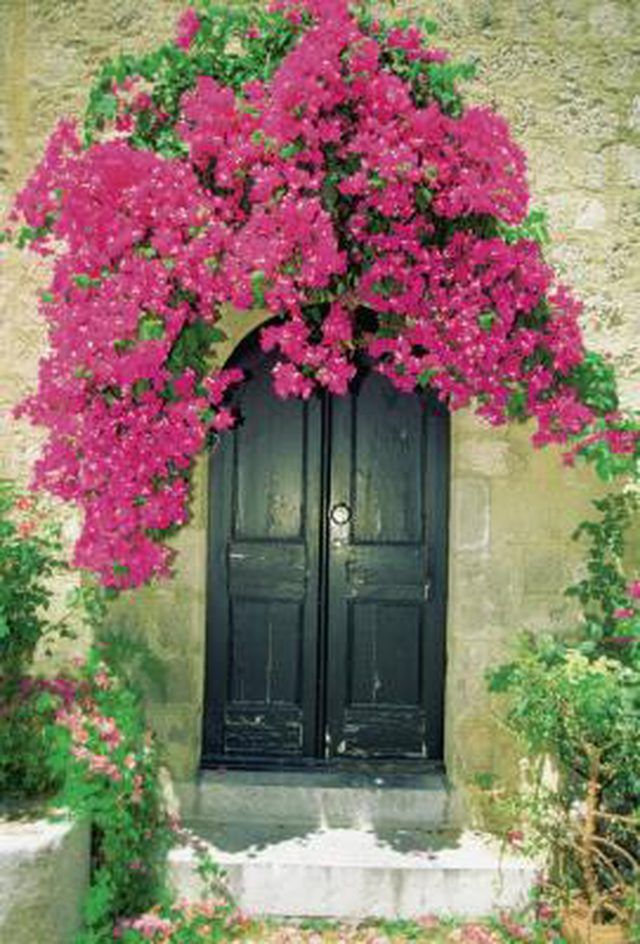Bulbs
Flower Basics
Flower Beds & Specialty Gardens
Flower Garden
Garden Furniture
Garden Gnomes
Garden Seeds
Garden Sheds
Garden Statues
Garden Tools & Supplies
Gardening Basics
Green & Organic
Groundcovers & Vines
Growing Annuals
Growing Basil
Growing Beans
Growing Berries
Growing Blueberries
Growing Cactus
Growing Corn
Growing Cotton
Growing Edibles
Growing Flowers
Growing Garlic
Growing Grapes
Growing Grass
Growing Herbs
Growing Jasmine
Growing Mint
Growing Mushrooms
Orchids
Growing Peanuts
Growing Perennials
Growing Plants
Growing Rosemary
Growing Roses
Growing Strawberries
Growing Sunflowers
Growing Thyme
Growing Tomatoes
Growing Tulips
Growing Vegetables
Herb Basics
Herb Garden
Indoor Growing
Landscaping Basics
Landscaping Patios
Landscaping Plants
Landscaping Shrubs
Landscaping Trees
Landscaping Walks & Pathways
Lawn Basics
Lawn Maintenance
Lawn Mowers
Lawn Ornaments
Lawn Planting
Lawn Tools
Outdoor Growing
Overall Landscape Planning
Pests, Weeds & Problems
Plant Basics
Rock Garden
Rose Garden
Shrubs
Soil
Specialty Gardens
Trees
Vegetable Garden
Yard Maintenance
Bougainvillea Diseases
Bougainvillea Diseases. Bougainvilleas (Bougainvillea spp.), tropical evergreen woody vines native to South America, are thorny plants best known for their colorful blooms. These are not flowers themselves, but modified leaves called bracts that surround a smaller, creamy-white blossom. The bracts range in color from white to pink, purple or deep...

Bougainvilleas (Bougainvillea spp.), tropical evergreen woody vines native to South America, are thorny plants best known for their colorful blooms. These are not flowers themselves, but modified leaves called bracts that surround a smaller, creamy-white blossom. The bracts range in color from white to pink, purple or deep red, depending on the variety or cultivar. Bougainvilleas grow best in U.S. Department of Agriculture plant hardiness zones 10 to 12, but are often grown as annuals in cooler climates. They prefer full sunlight and well-drained, nutrient-rich, acidic soil with a pH between 5.5 and 6.0. Growers cultivate them as accent plants, as container plants or in hanging baskets. These plants also work well for ground cover, or as bushes, shrubs or hedges. Bougainvilleas are remarkably healthy, but occasionally they develop fungal, bacterial or parasitic infections.
Bacterial and Fungal Leaf Spot
The earliest symptom of bacterial or fungal leaf spot is an outbreak of reddish-brown speckles on young foliage. The spots enlarge, becoming rounded or irregular in shape, and the tissue in the center begins to die, eventually forming a tan spot with reddish-brown margins. As the disease progresses, the bracts and foliage may become misshapen. The leaves develop a ragged appearance, and leaf loss sometimes occurs if the disease becomes severe. You can avoid problems by planting full-sized bougainvilleas between 6 and 9 feet apart, or smaller cultivars between 3 and 5 feet apart, to allow good air circulation between plants. Water bougainvilleas from below rather than overhead, and promptly remove dead leaves to keep leaf spot diseases from spreading.
Root Rot
Fungi such as Rhizoctonia, Phytophthora and Pythium attack bougainvilleas planted in heavy or poorly drained soil. The leaves may turn yellow, and parts or all of the plant may grow poorly. Severely infected bougainvilleas may wilt or die. You can prevent root rot by applying a broad-spectrum fungicide such as copper ammonium before planting. Mix 2 teaspoons into a gallon of water and spray the soil thoroughly. Repeat every seven to 14 days as needed. Do not plant your bougainvilleas where water stands or pools after it rains, and do not overwater them.
Chlorotic Bougainvilleas
Chlorosis is more of a symptom than a disease in itself. If your foliage starts to turn yellow, or if you notice that the leaves have become pale with deep green veins, your plant might be suffering from nitrogen, iron or magnesium deficiency. This disorder can closely mimic leaf or root diseases. Fertilize plants with a micronutrient fertilizer blend such as 6-8-10. You can also spray plants with 1 to 2 teaspoons per gallon of Epsom salts to treat chlorosis on old growth.
Nematode Disease
Nematodes are parasitic roundworms that attack bougainvillea roots. Plants with nematode infestations cannot absorb water and nutrients. Symptoms include a thin canopy, poor growth, wilting, leaf loss, yellow foliage and deformed roots. You can lower the nematode population by incorporating materials such as compost, wood shavings or manure into the soil before planting. You can also kill nematodes by solarizing the soil using plastic tarps before you plant your bougainvillea. Use a UV-stabilized, transparent plastic sheet. Bury its edges 5 to 6 inches into the soil. Leave the tarp in place for 2 to 4 weeks.